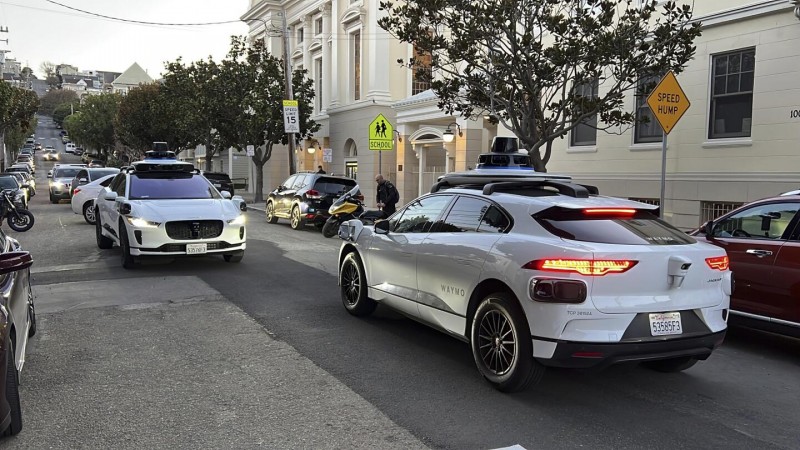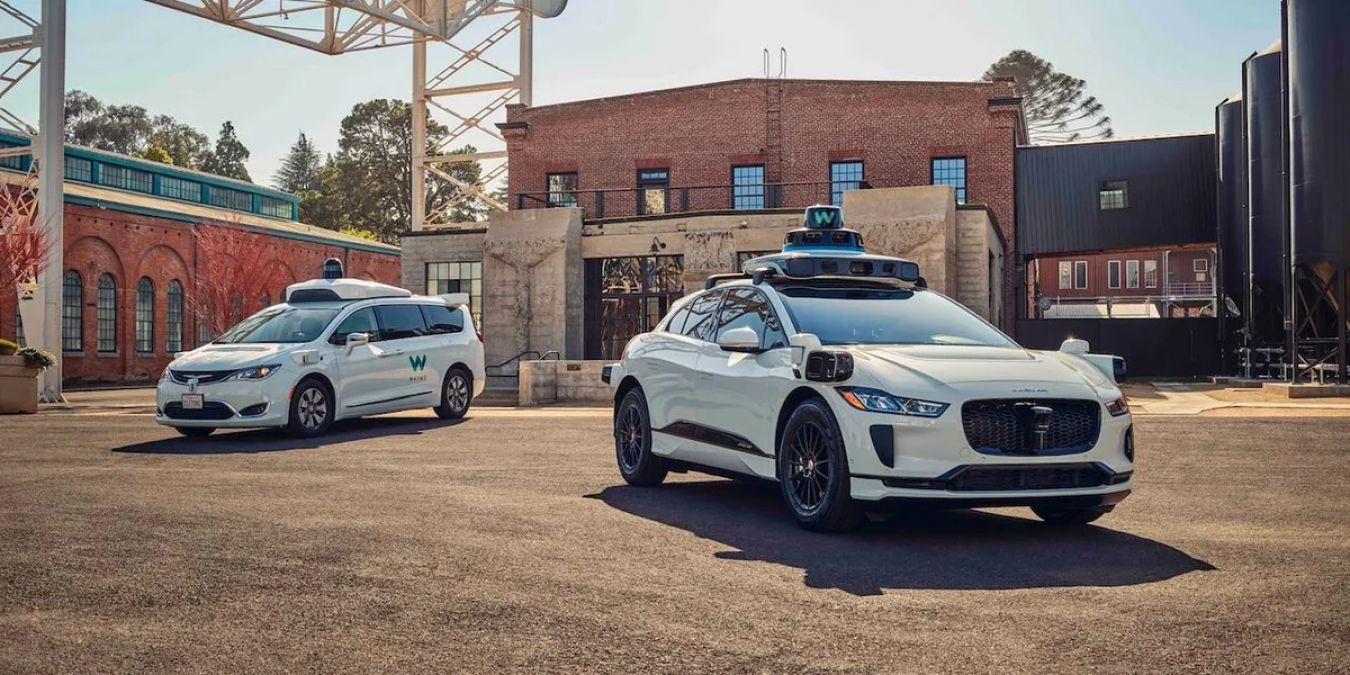
New Delhi:- California regulators have approved Cruise and Waymo to provide autonomous taxi services in San Francisco all the time. The commission voted in favor of the expansions, with 3 members supporting it and 1 member voting against it. Commissioner Genevieve Shiroma was the only one who voted "no".
The CPUC decided to support AV companies, even though many residents and city agencies disagreed and wanted a slower approach to their growth. Since self-driving cars started being used in San Francisco, there have been many times when these cars have stopped working and blocked the street, causing problems for traffic, public transportation, and emergency vehicles.
Cruise and Waymo both have some paid services in San Francisco. Cruise charges money for rides without a driver at night, while Waymo charges for rides in its robotaxi service all day with a human safety operator. This rule change lets companies grow their services and have as many car robots on the roads as they want.
Also read:- GM and EarthCruiser Join Forces to Craft Hummer EV Overlander Concept for Off-Road Enthusiasts
Cruise and Waymo need to grow gradually but they must reach a large scale in order to succeed. Creating, testing, and putting into use AV technology has been very expensive for Cruise and Waymo, costing them millions of dollars. Waymo had to reduce its operations this year because Alphabet laid off many employees in the first quarter. In July, the company stopped its self-driving trucks program and moved all its resources to ride-hailing instead. If Waymo or Cruise want to make a profit on their investments, they need to grow very quickly in San Francisco and other places.
The CPUC decided to allow the permit expansions because they did not expect the robotaxi services to be very dangerous. The agency's main job is to make sure that people have access to safe, dependable, and affordable utility services. If Cruise and Waymo follow the rules, the CPUC can't stop them.
Several people who spoke during the CPUC's hearing criticized the companies for not using robotaxis that follow the Americans with Disabilities Act regulations. They requested the CPUC to make rules that are easier to understand for companies to follow in order to be ADA-compliant.
Laura Massey, a member of San Francisco’s Paratransit Coordinating Council, asked if driverless vehicles can help passengers who need help getting to and from the vehicle. "Are the driverless cars able to load and secure equipment for people who have difficulty walking, like wheelchairs and walkers. Can the driverless cars identify a blind passenger waiting for a ride. Can they notify the blind passenger that they have arrived to pick them up."
Also read:- Top Attractions in Paris, France
Some people are worried that Waymo and Cruise are unfair to people who don't have bank accounts or who don't know how to use technology. They think that these companies will just add more cars to the streets instead of focusing on smaller modes of transportation. They also believe that these companies are taking away jobs in a city where the number of homeless people is increasing. A small group of taxi and ride-hail drivers spoke at the meeting, expressing their worries about losing their jobs and not being able to provide for their families if robot cars took over
People who were against autonomous vehicles said that it was a conflict of interest that CPUC Commissioner John Reynolds used to work as "Managing Counsel at Cruise".
A lot of people who supported the proposal to increase AV ride-hailing were speaking on behalf of blind individuals.
"When I use a Waymo vehicle, I feel like I have control over my own travel, which is very important. I also feel safe from any kind of harassment, groping, assault, or attack," said Jessie Wollensky, who is blind.
Also read:- Toyota Unleashes the All-New Land Cruiser: Combining Off-Road Prowess with Luxurious Upgrades
Some people said we should not be scared of technology and that autonomous vehicles can make our streets safer and more environmentally friendly. Certain union representatives, such as Local87, thought that both Cruise and Waymo would provide job opportunities with unions in the city.

Daniel Gregorski, who is 27 years old and one of Cruise's beta testers, told TechCrunch that he was really happy about the permit expansion. He works as a helper to a nurse at night and thinks that riding in a self-driving car is safer than riding in a taxi.
Gregorski said that people like him, who finish their work at 1am, still need to be very cautious about their safety when using a human Uber driver. "I have the power to choose and adjust the music and temperature in the vehicle, allowing me to feel completely at ease during my ride. "
The companies worked very hard to achieve their victory. Cruise took a more aggressive approach in recent months. The company placed big ads in important newspapers all over the United States. Saying that humans are not very skilled at being drivers and that using robotaxis could help prevent deaths. Cruise started a petition this week, asking the CPUC to allow them to expand their permit. They have gotten 2,600 people to sign the petition.
Also read:- Waymo shifting its Capital towards upcoming Robotaxis
Cruise and Waymo will begin making and operating Robotaxis in San Francisco. CPUC also supports making AV Vehicles. Both companies will test the vehicles in the near future.